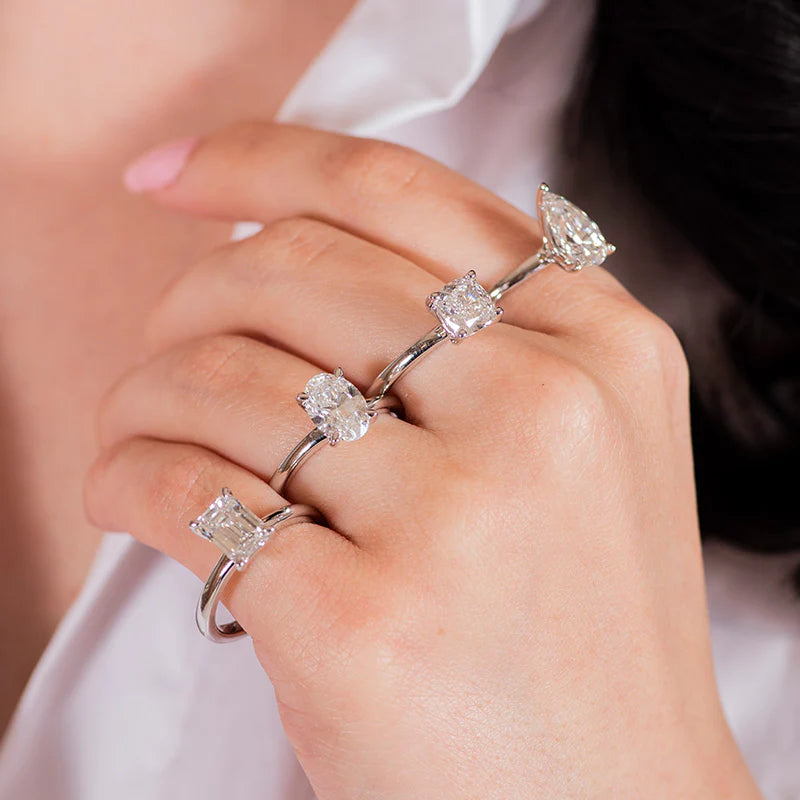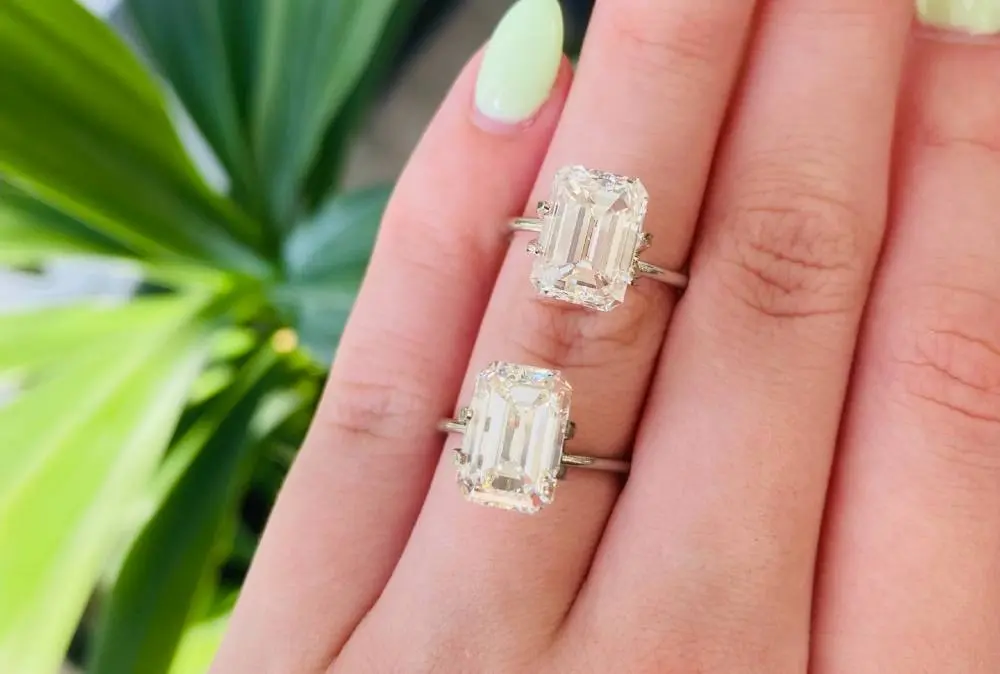Engagement Rings Fundamentals Explained
Getting My Engagement Rings To Work
Table of ContentsIndicators on Engagement Rings You Should KnowSome Known Details About Engagement Rings The Only Guide to Engagement RingsEngagement Rings Fundamentals ExplainedNot known Incorrect Statements About Engagement Rings Rumored Buzz on Engagement Rings
Tension-style settings likewise provide much far better security for the gemstone. Most tension-style setups are created round brilliant rubies or various other rounded gemstones, but they can be modified to fit many other shapes. The setting can additionally be modified to have accent gems around the centre stone or to permit a side stone on each side of the centre rock.Is not vulnerable and uses well. Can be personalized. Develops a visual fallacy of the centre gemstone hanging in the air. Have a modern-day layout that has lots of poise and beauty - engagement rings. Easy to cleanse and keep. If it has prongs, they can end up being loosened with wear. This is quickly corrected by having the ring routinely cleaned and examined by a jeweller.
Our Engagement Rings Ideas
The very first ring with a real tension setup was made in Vreden, Germany in the 1970s. Ursula Exner and popular sculptor Walter Wittek interacted to design and make this initial ring. In the following years, various other jewelers developed their very own stress settings, as well as the extra protected and practical tension-style setups.

This offers the ring a basic, but fashionable appeal that functions well for both males and females's wedding event rings, as well as involvement rings. The flush setting is often also called a gypsy setup. We can't claim without a doubt how it came to have that name, but possibly it is since the setup represents a cost-free spirit.
The 10-Second Trick For Engagement Rings
Flush setups work well for round, square or rectangle-shaped gemstones, but they can be hard to adapt to particular elegant cuts, for example, a heart-shaped diamond. Keeps the gems risk-free and secure. Puts on specifically well. Practical for individuals with energetic way of lives. Stands out for having a straightforward, yet stylish elegance.
Advises the proprietor to grow a cost-free spirit (engagement rings). Since the treasures are set in the shank, they get a minimal amount of light and produce much less radiance. Commonly unwise for heart-shaped treasures and a few other gems with elegant cuts. Rings with flush or gypsy setups have actually been around because the late 1800s.
Jewelry interaction rings have only one centre gems on a simple band. Lots of other engagement rings, however, likewise have accent gems.
The Basic Principles Of Engagement Rings
There are 4 settings that are commonly used to hold accent gemstones. The castle setting made its name because from the side it resembles the battlements on top of a castle wall surface. This setup is also regularly called the scallop setup. Castle setups are made straight on the shank of the ring.
The prongs in a castle setting can be right up and down with easy rounded suggestions or they can be cut at an angle to make sure that they look like fishtails. These fishtail prongs can additionally be called French cut prongs. Castle setups are extremely versatile. They can be established entirely around the shank, just put throughout the ring's shoulders or utilized to develop a halo around the centre gemstone.
Rumored Buzz on Engagement Rings
The metal sides of the castle setting are Visit Your URL always reduce low, normally in a scallop pattern. This allows extra light to get to the accent gems and raises their brilliance. If it is well made, the low scalloped edge of the castle setting can likewise create a visual fallacy. It enables the sides of the gems to be conveniently seen and produces the impression that the gems are being held in an unnoticeable setting.
Rises light refraction and radiance. Catches focus with its sparkles. Produces the illusion of an unseen setting. Has a stylish appeal. Easy to tidy Read Full Article and needs little upkeep. The tiny prongs can become loosened. We recommend that rings with the castle setting be cleaned up occasionally by a jeweller, to make sure that the prongs can be checked.
The prongs on a castle setting can capture on apparel, yet this is unusual because the prongs are smooth. The castle setup can be made use of to make attractive endless time rings. The very first endless time rings were made in the 1960s. Those original rings, like eternity rings today, have a row of very closely set gemstones entirely surrounding their shank.

The 4-Minute Rule for Engagement Rings
The grain her comment is here setup is a very secure setup. The sides of the network safeguard the accent treasures from bumps and scratches and the beaded prongs rarely come to be loose. One downside of the bead setup is that the gems get much less light because they are established down in the channel. This leads to the treasures producing somewhat much less luster and glimmer.
Every treasure in the grain setup is bordered by 4 shiny grains that are level with the top of the shank. These grains catch the light and produce their very own glimmers everywhere. The grains' sparkles along with the radiance and sparkles created by the accent gems bring the bead readying to life and give it continuous glimmers.
They can use it to make endless time rings, along with to decorate the basic shank or more complex split shank that some involvement rings have. In the fundamental bead setup, the accent gems are embeded in one straight line. Periodically, however, jewellers will enhance the shimmer on an interaction ring by adding 2 or more identical lines of bead collection treasures.